CANopen
Device profiles for weaving machines
Part 1: General definitions
CiA Draft Standard 414
Version: 1.1
18 June 2007
© CAN in Automation (CiA) e. V.
�
DS-414-1 V1.1
HISTORY
Date
2001-09-20
2007-06-18
CANopen device profile for weaving machines
CiA
Changes
• Publication of version 1.0 as draft standard proposal
• Publication of version 1.1 as draft standard
o Partly re-chaptered
o Minor editorial changes
General information on licensing and patents
CAN in AUTOMATION (CiA) calls attention to the possibility that some of the elements of this CiA
specification may be subject of patent rights. CiA shall not be responsible for identifying any or all such
patent rights.
Because this specification is licensed free of charge, there is no warranty for this
specification, to the extent permitted by applicable law. Except when otherwise stated in
writing the copyright holder and/or other parties provide this specification “as is” without
warranty of any kind, either expressed or implied, including, but not limited to, the implied
warranties of merchantability and fitness for a particular purpose. The entire risk as to the
correctness and completeness of the specification is with you. Should this specification prove
failures, you assume the cost of all necessary servicing, repair or correction.
© CiA 2008
All rights reserved. Unless otherwise specified, no part of this publication may be reproduced or
utilized in any form or by any means, electronic or mechanical, including photocopying and microfilm,
without permission in writing from CiA at the address below.
CAN in Automation e. V.
Kontumazgarten 3
DE - 90429 Nuremberg, Germany
Tel.: +49-911-928819-0
Fax: +49-911-928819-79
Url: www.can-cia.org
Email: headquarters@can-cia.org
2
CiA 2008 – All rights reserved
�
CiA
CANopen device profile for weaving machines
DS-414-1 V1.1
CONTENTS
1 Scope....................................................................................................................................... 4
2 Normative references ............................................................................................................. 5
3 Abbreviations........................................................................................................................... 6
4 Operating principles ................................................................................................................ 7
4.1 General............................................................................................................................ 7
4.2 Feeder sub-systems....................................................................................................... 7
4.3 Jacquard sub-systems ................................................................................................... 8
4.4 Dobby sub-systems........................................................................................................ 8
4.5 Loom controller ............................................................................................................... 8
5 Error handling.......................................................................................................................... 9
5.1 Principle........................................................................................................................... 9
5.2 Error behavior ................................................................................................................. 9
5.3 Additional error code meanings..................................................................................... 9
6 General communication parameters ................................................................................... 10
6.1 Object 1000h: Device Type ......................................................................................... 10
6.2 Object 1001h: Error Register....................................................................................... 11
6.3 Object 1029h: Error Behavior ...................................................................................... 11
6.4 Object 67FF: Device Type ........................................................................................... 12
CiA 2008 – All rights reserved
3
�
DS-414-1 V1.1
1 Scope
CANopen device profile for weaving machines
CiA
The device profile defines the CANopen interfaces for weaving machines. The specification comprises
the following two parts:
Part 1 : General definitions
Part 2 : Feeders
Part 1 defines the operating principles for the feeder sub-systems, the error handling and the general
communication parameters.
4
CiA 2008 – All rights reserved
�
DS-414-1 V1.1
2 Normative references
CANopen device profile for weaving machines
CiA
/CiA301/
CiA 301 V4.1, CANopen application layer and communication profile
CiA 2008 – All rights reserved
5
�
DS-414-1 V1.1
3 Abbreviations
CANopen device profile for weaving machines
CiA
Controller area network
Communication object
CAN
COB
COB-ID COB-identifier
SDO
PDO
RPDO
Service data object
Process data object
Receive process data object
6
CiA 2008 – All rights reserved
�
DS-414-1 V1.1
4 Operating principles
CANopen device profile for weaving machines
CiA
Feeder sub-systems
4.1 General
CANopen networks are not only used for embedded communication in weaving machines but also to
integrate weaving machine sub-systems.
In weaving machines, CANopen networks are used to integrate feeder, Jacquard and other sub-
systems to the loom controller. The sub-system communication interface is compliant to CANopen
application layer and communication profile. The interface is specified in device profiles, which define
the application objects as well as the default PDO communication and mapping parameter.
4.2
Regarding the feeder sub-systems there are several architectures supported by the device profile for
feeders. Each feeder may be connected directly via CANopen network to the loom system or it is
linked to a multi-feeder control unit. Optionally the multi-feeder control unit uses an additional
embedded CANopen network to link the individual feeder devices. The device profile for feeders
supports all these system architectures.
There are two main categories of feeders:
• Feeders for weaving machines with fluid insertion of the yarn (these machines can be air jet
weaving machines or water jet weaving machines). They will be referred to as ‘pre-measuring
feeders’.
• Feeders for weaving machines with mechanical insertion of the yarn (these machines can be:
rapier weaving machines, projectile weaving machines, and others). They will be referred as ‘weft
feeders’.
The main difference between these two categories is that on fluid jet machines the length of yarn to be
inserted in the current insertion (also called ‘pick’) is determined by the feeder itself while on
mechanical machines the length of the insertion is mechanically determined by the weaving machine.
On the pre-measuring feeders these means must be always present:
• A mechanical mean to release the yarn and to stop it. This mean is normally called ‘pin’.
• A sensor mean (typically a photocell) to detect the passage of each winding which leaves the
feeder storage. By using this information feeder can command the pin in order to block the yarn
passage and insert exactly the programmed number of windings.
• A mean to adjust the diameter of windings wound on the feeder spool body. By adjusting the
diameter together with the number of windings for each pick it is possible to release the exact
length of yarn that matches the height textile.
• A synchronized signal to indicate to the feeder, when open the pin in order to start the insertion.
This signal must be synchronized with the starting of the main nozzle blow, which injects the air or
the water together with the yarn.
On the weft feeders, instead, there must be means only to control and/or detect the right reserve
storage on the spool body. These means can be of various types: photocell-based, piezoelectric
based, mechanical feeler, etc. and they could vary a lot depending on feeders manufactures.
Typical accessories used on feeders (in general) are:
• means to adjust or vary the weft tension. These means which are commonly
•
•
These sensors are useful for stop the machine before the weft reserve is fully emptied. It can be used
also in conjunction with the automatic color selection (installed on the weaving machine) for reducing
the loom stops in case of yarn breakage.
called ‘brakes’ can be mechanical only or electronically driven
sensors to detect the absence of the yarn at the input side of the feeder
CiA 2008 – All rights reserved
7
�
DS-414-1 V1.1
CANopen device profile for weaving machines
CiA
Jacquard sub-systems
4.3
To be defined
4.4 Dobby sub-systems
To be defined
4.5
To be defined
Loom controller
8
CiA 2008 – All rights reserved
�
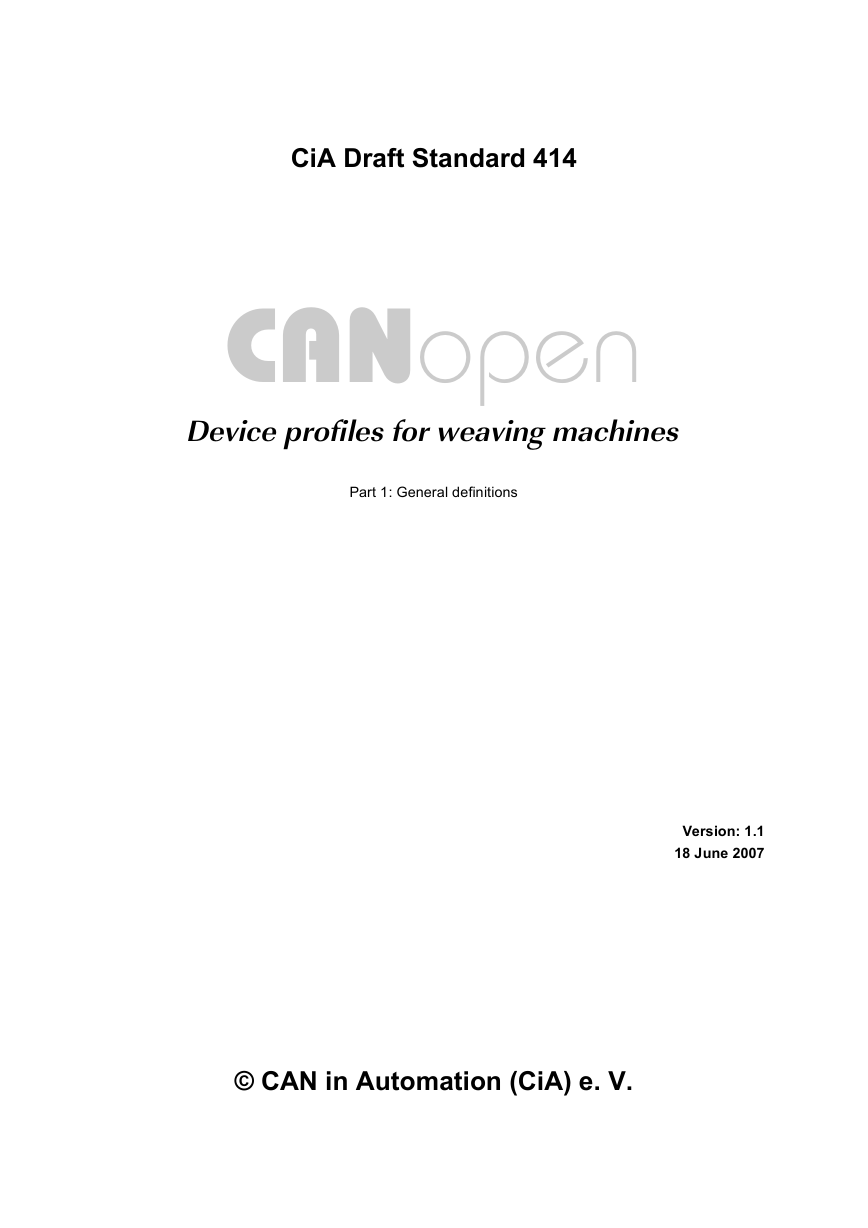
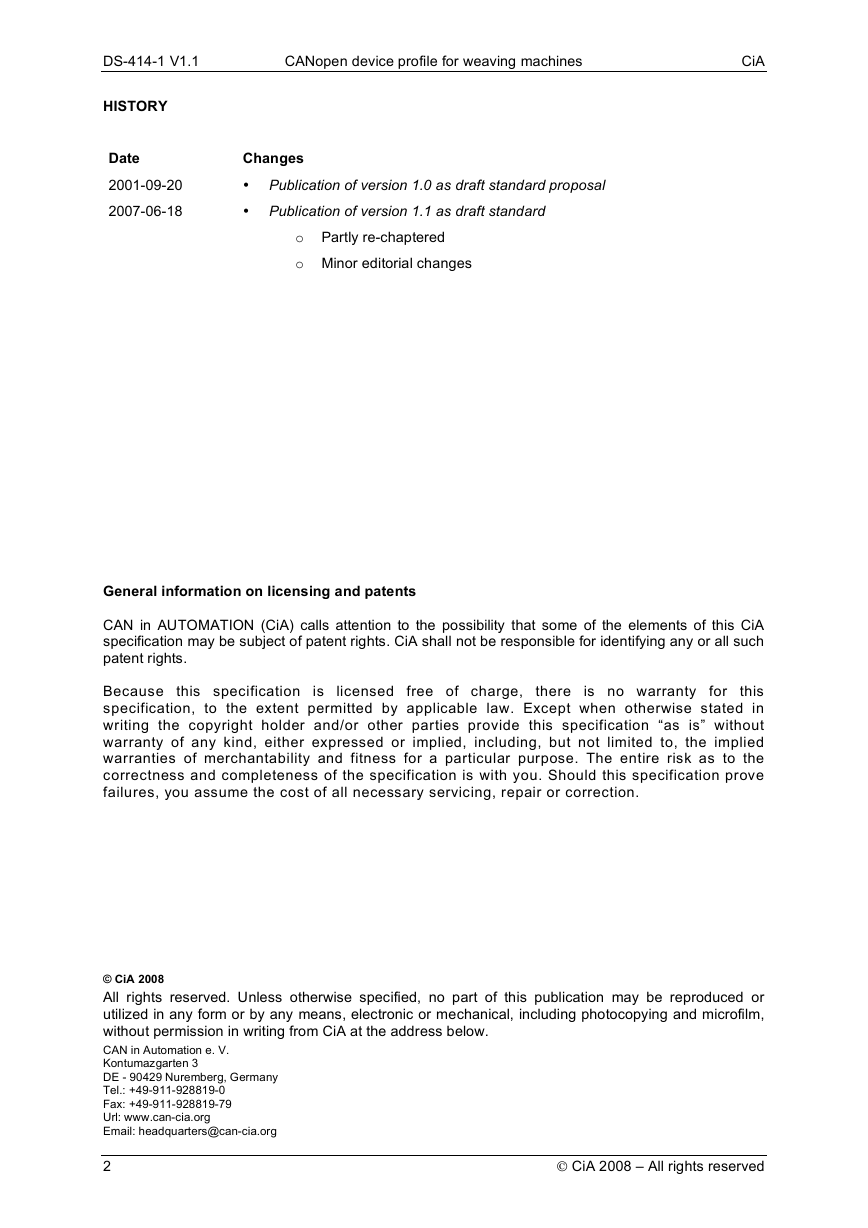
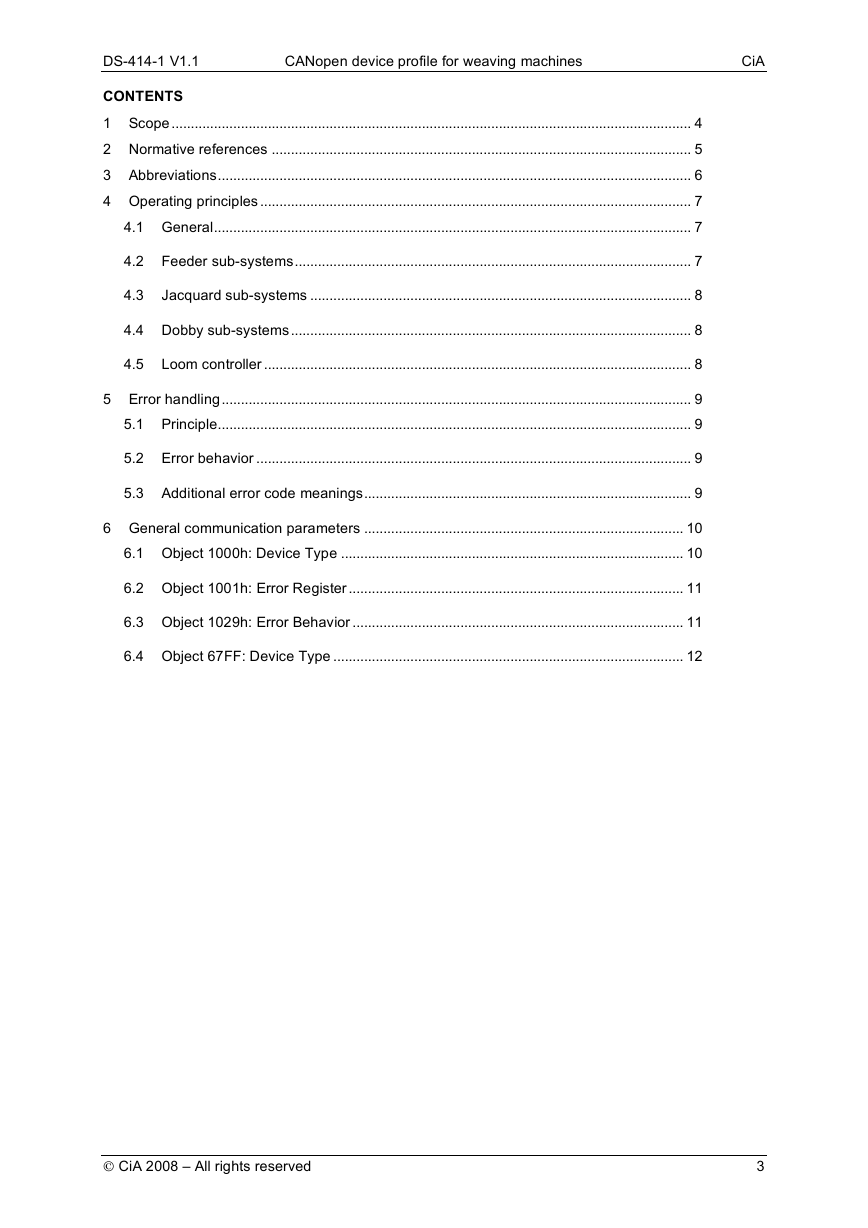

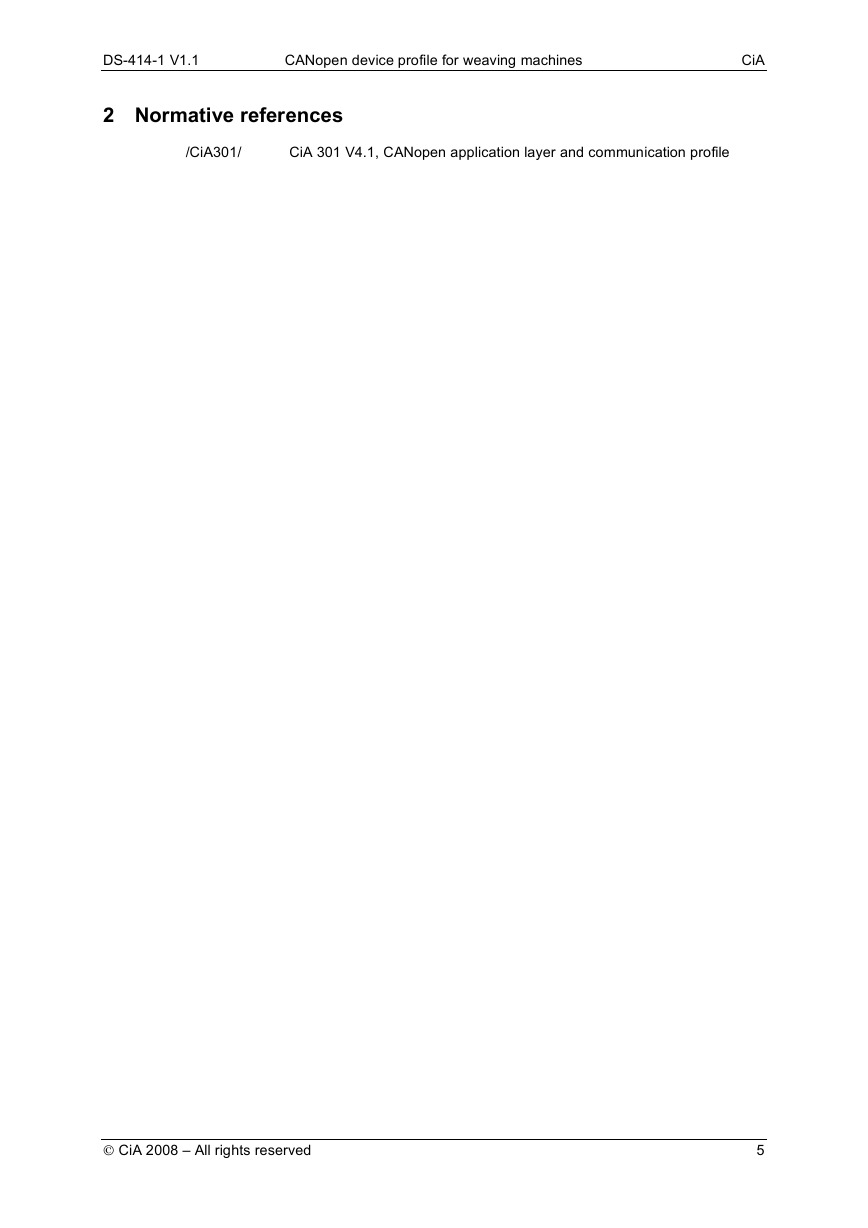

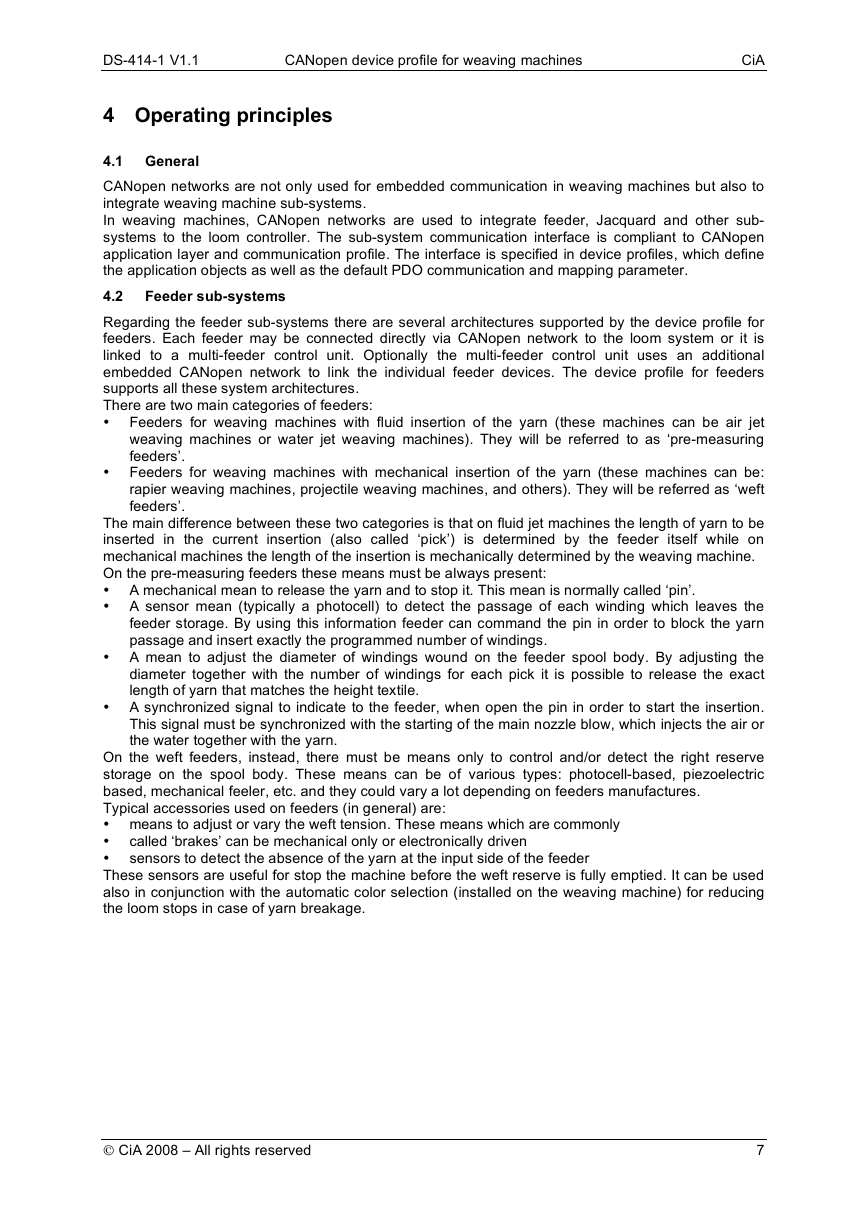
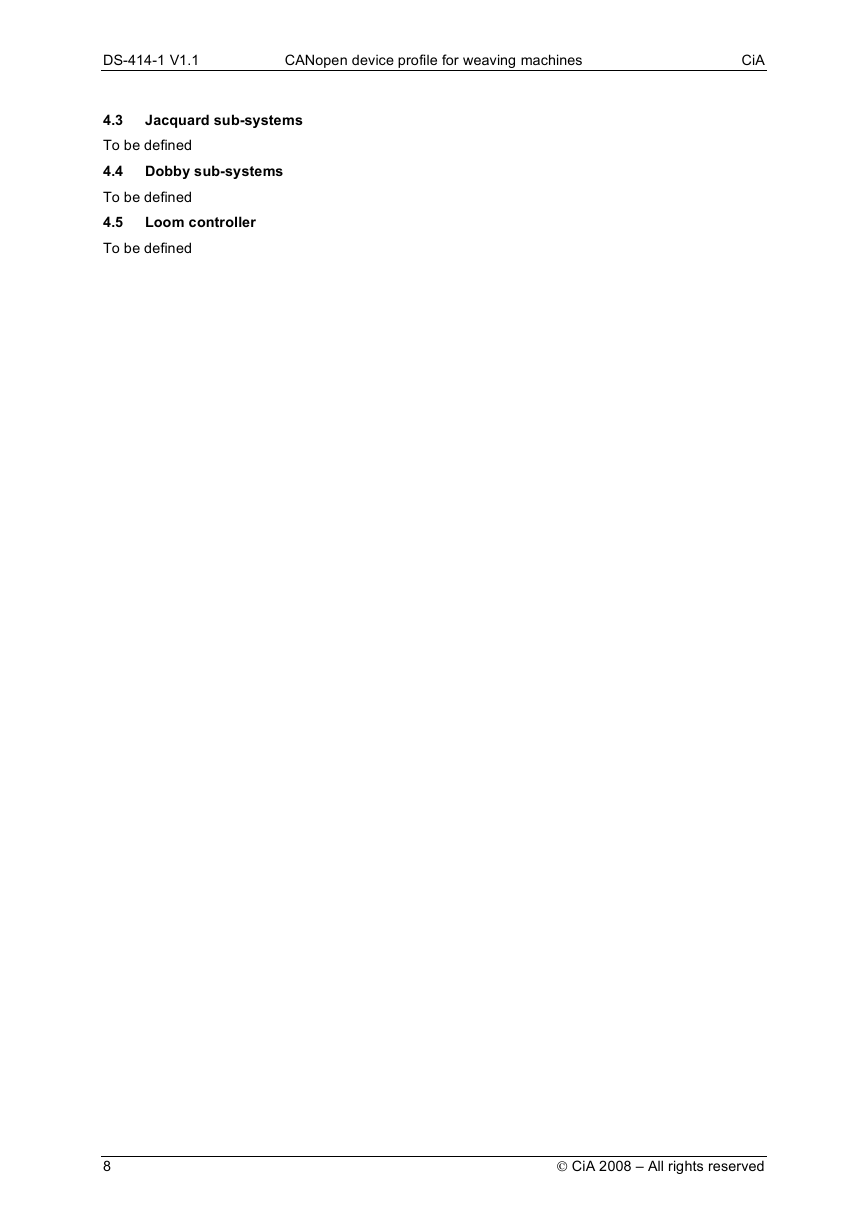








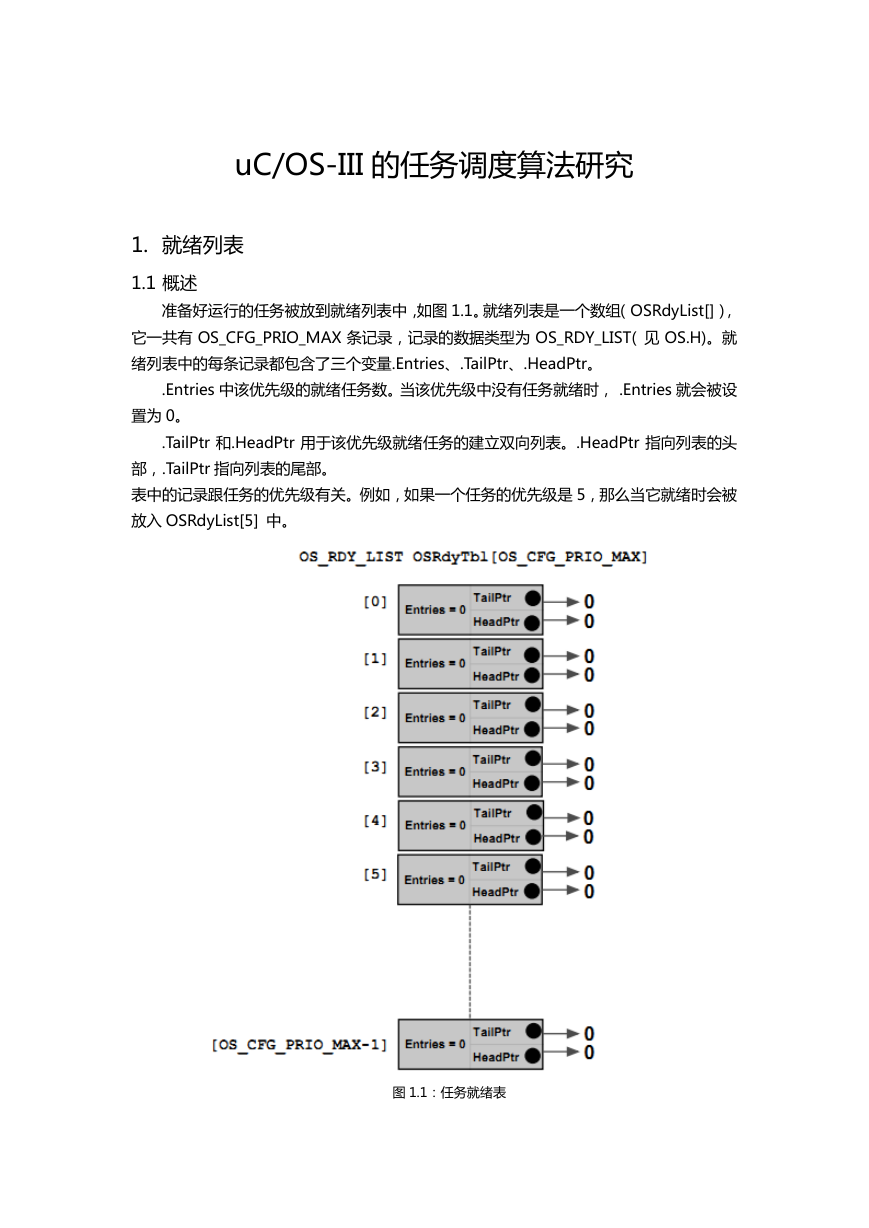 uCOS-III的任务调度算法研究.pdf
uCOS-III的任务调度算法研究.pdf STM32F103x8B_DS_CH_V10(7STM32中文数据手册).pdf
STM32F103x8B_DS_CH_V10(7STM32中文数据手册).pdf FX2N系列PLC培训教程.pdf
FX2N系列PLC培训教程.pdf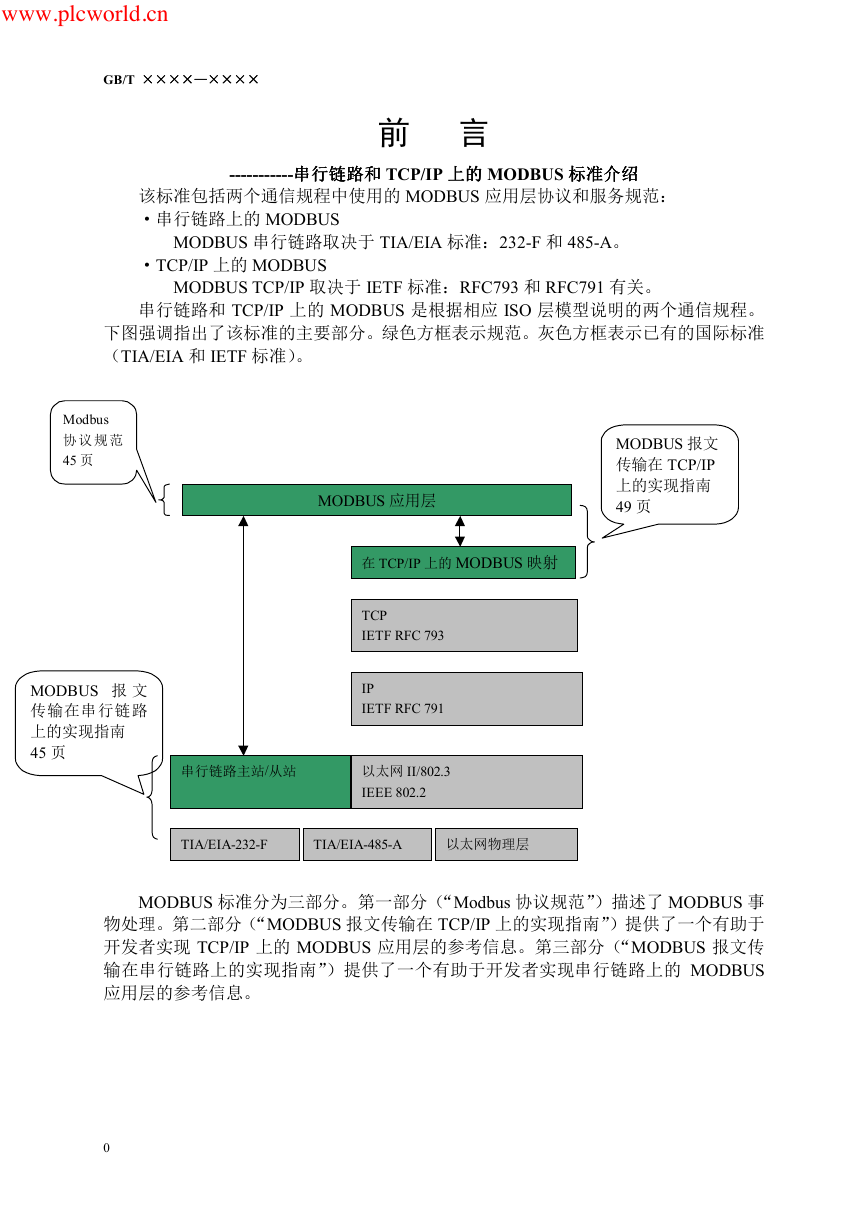 Modbus协议资料.pdf
Modbus协议资料.pdf WM8978中文资料(芯片资料).doc
WM8978中文资料(芯片资料).doc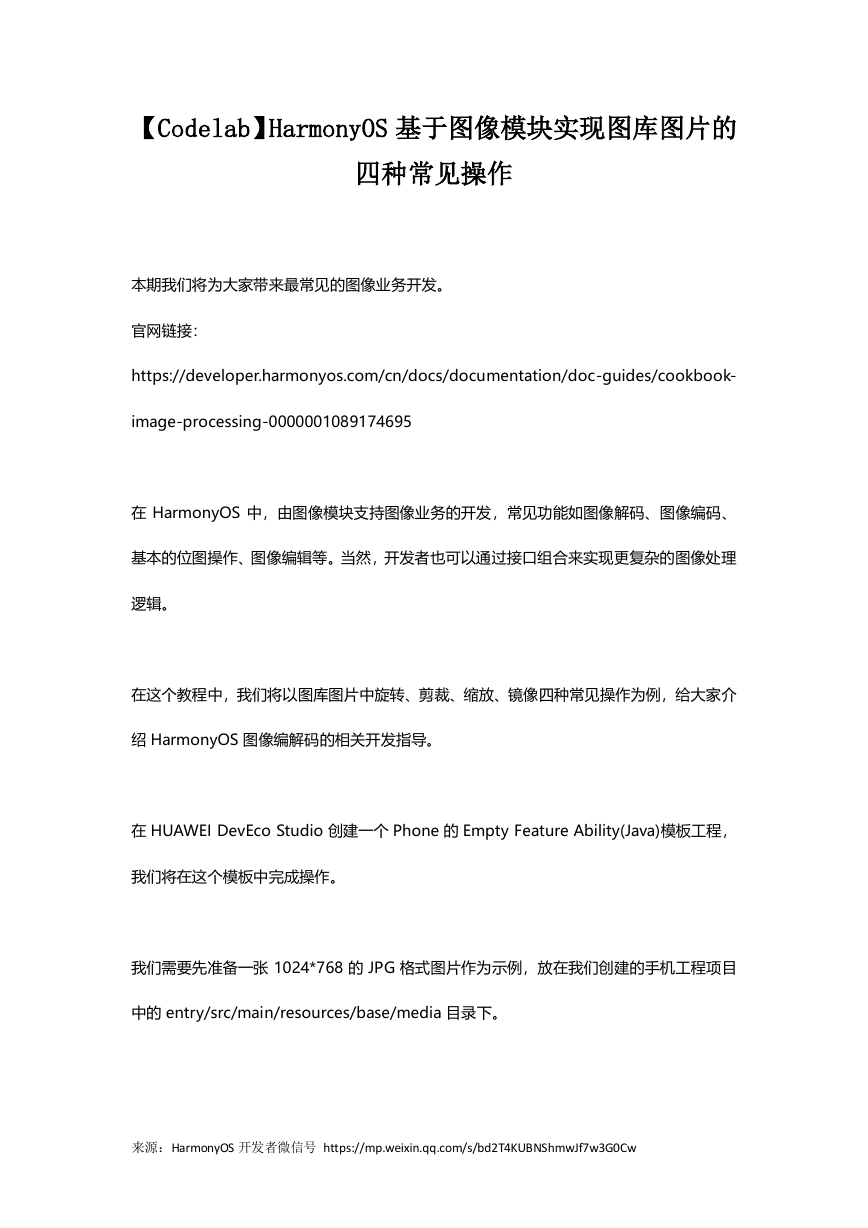 5-1.【Codelab】HarmonyOS基于图像模块实现图库图片的四种常见操作.pdf
5-1.【Codelab】HarmonyOS基于图像模块实现图库图片的四种常见操作.pdf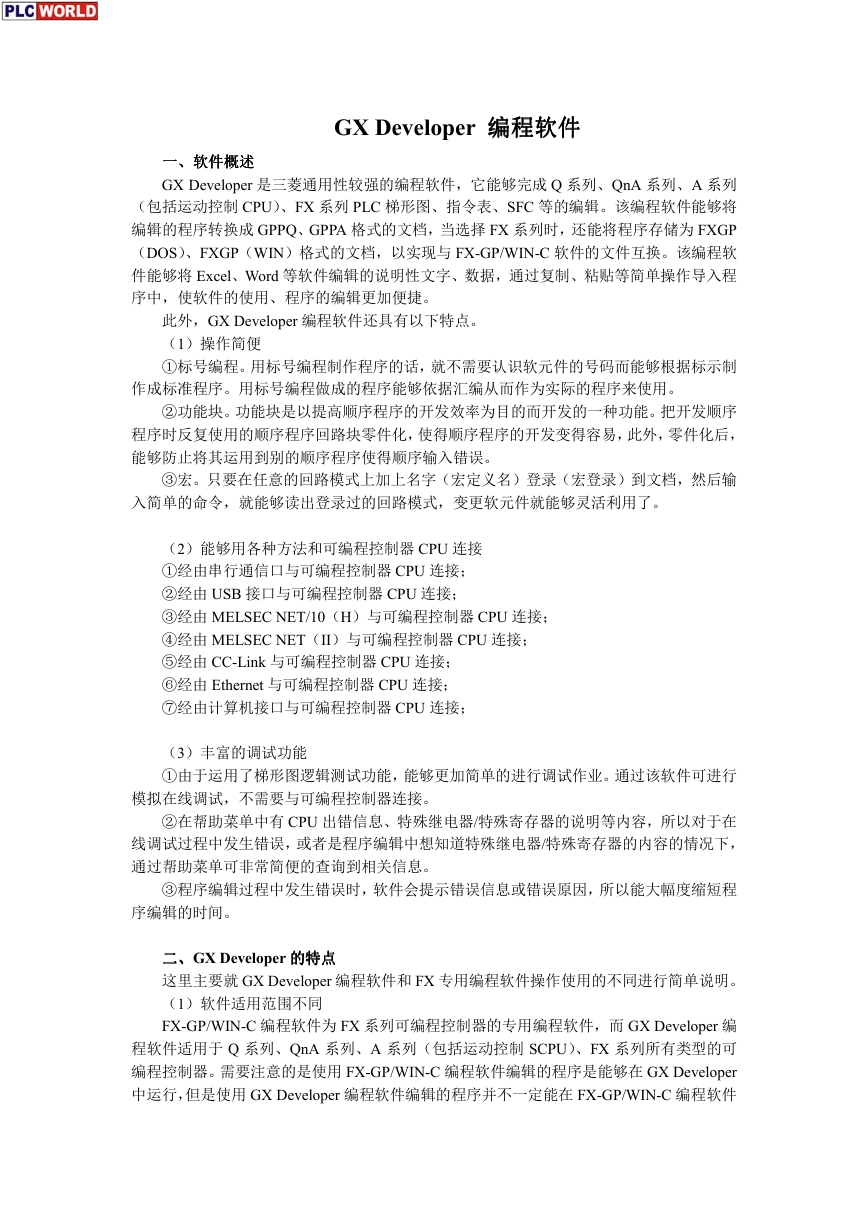 GX Developer 编程软件使用说明.pdf
GX Developer 编程软件使用说明.pdf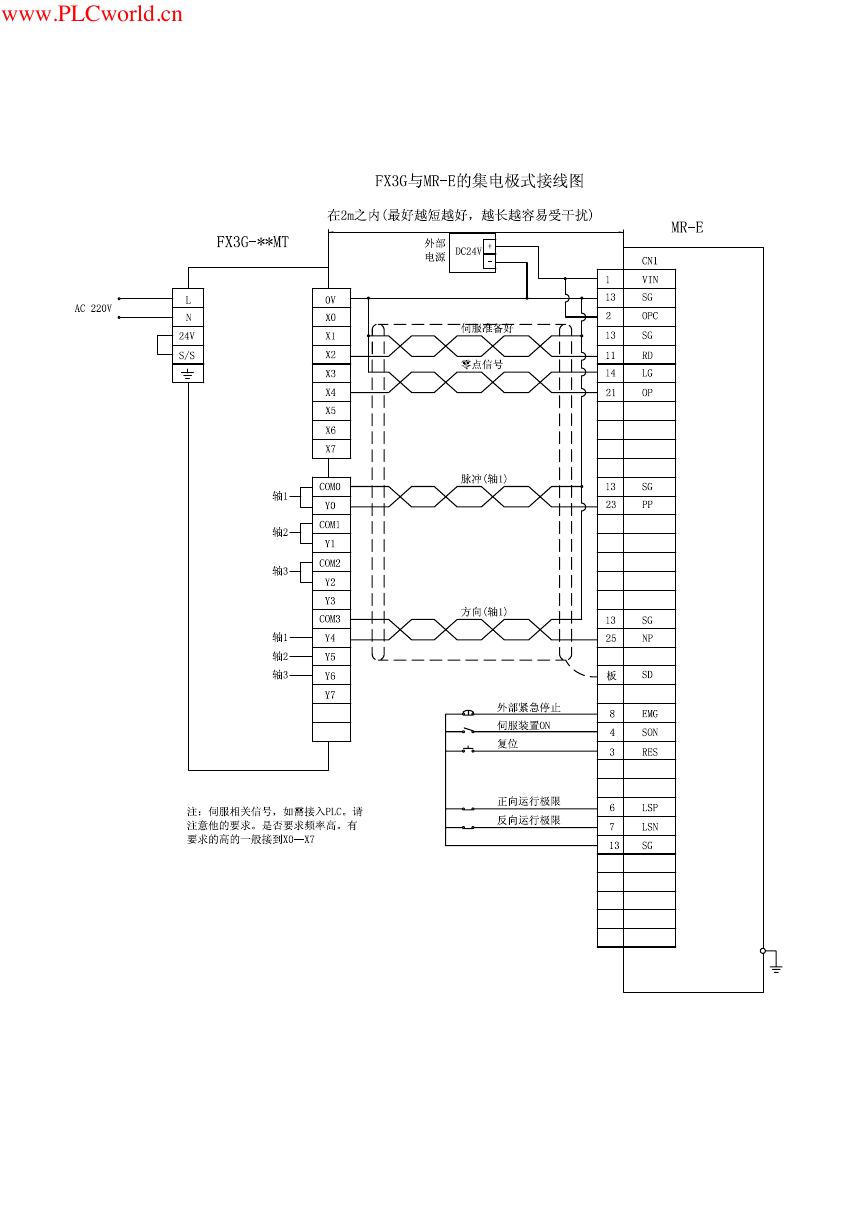 MR-E伺服与FX3G接线图.pdf
MR-E伺服与FX3G接线图.pdf ATK-NEO-6M GPS模块常见问题汇总_201400721.pdf
ATK-NEO-6M GPS模块常见问题汇总_201400721.pdf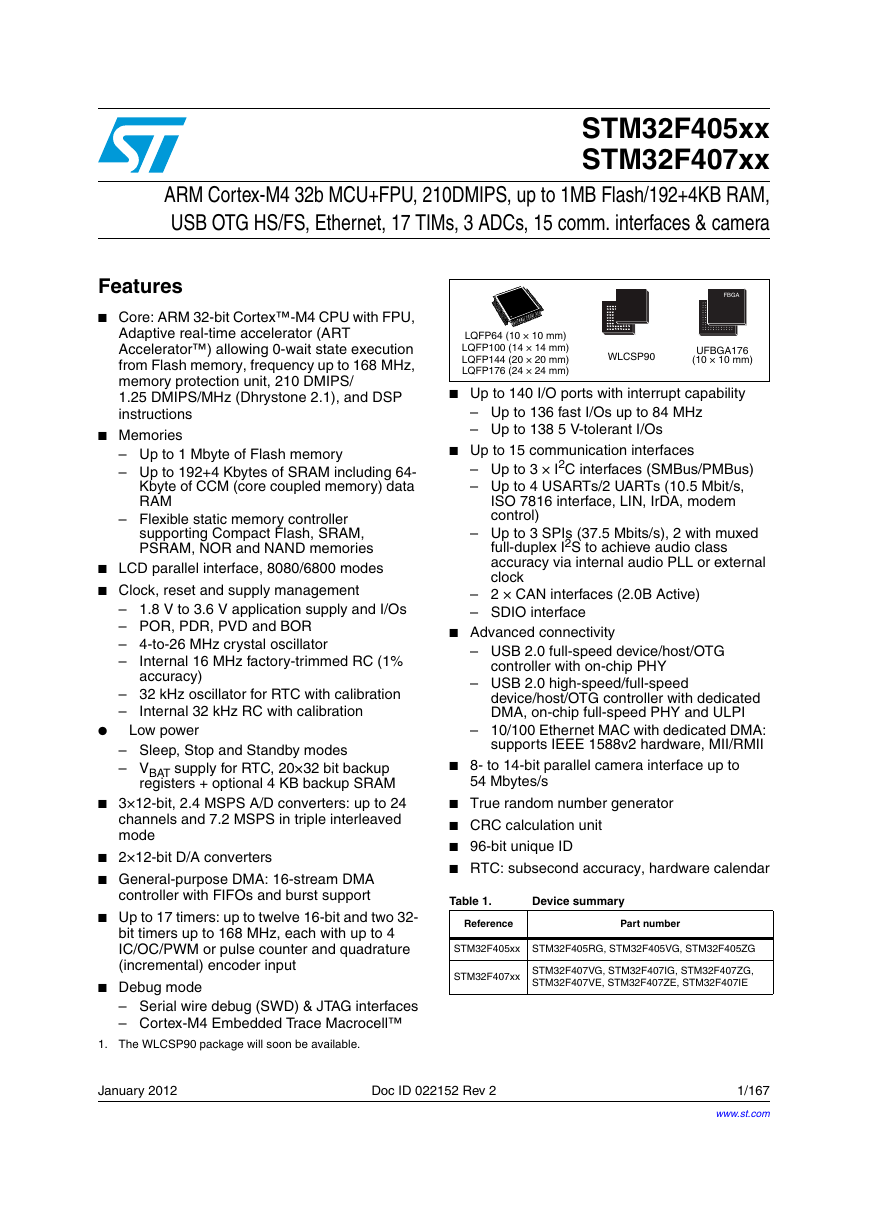 STM32F407ZGT6(芯片资料).pdf
STM32F407ZGT6(芯片资料).pdf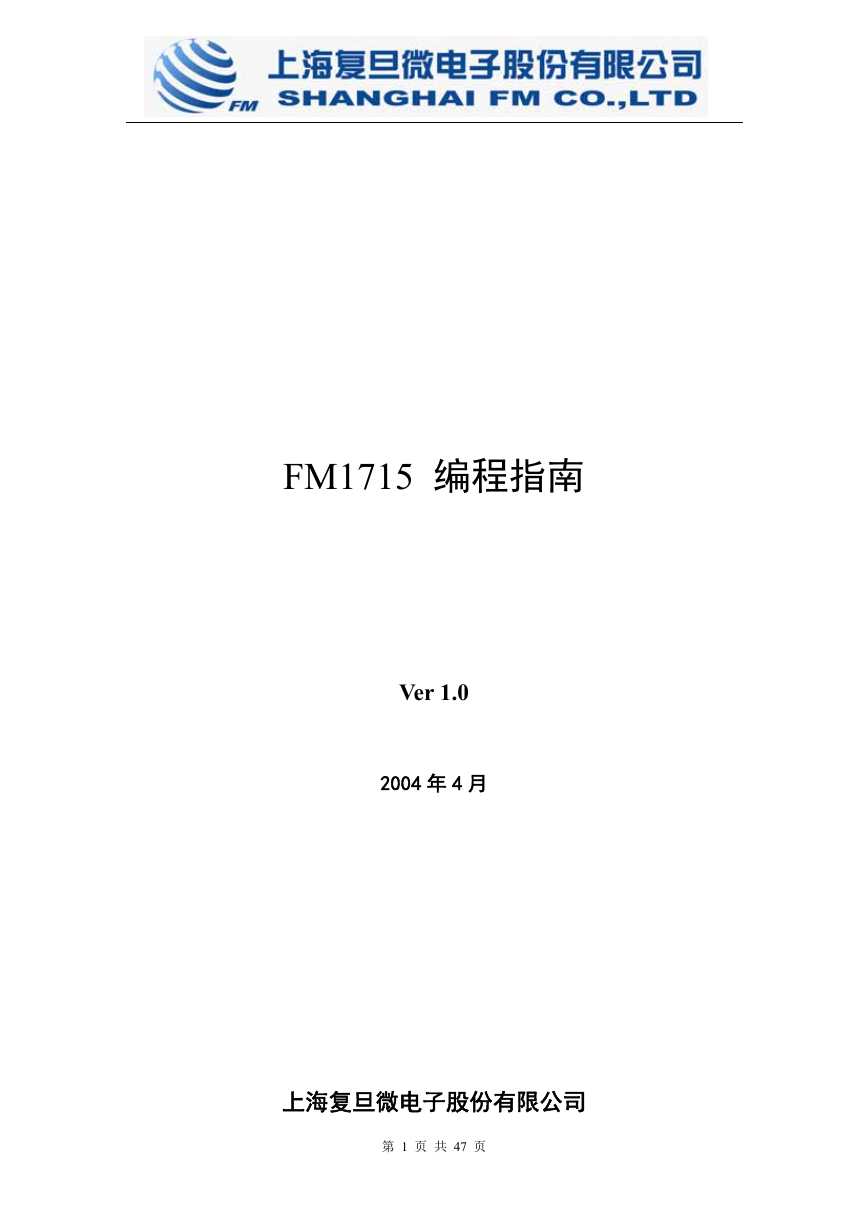 FM1715编程指南.pdf
FM1715编程指南.pdf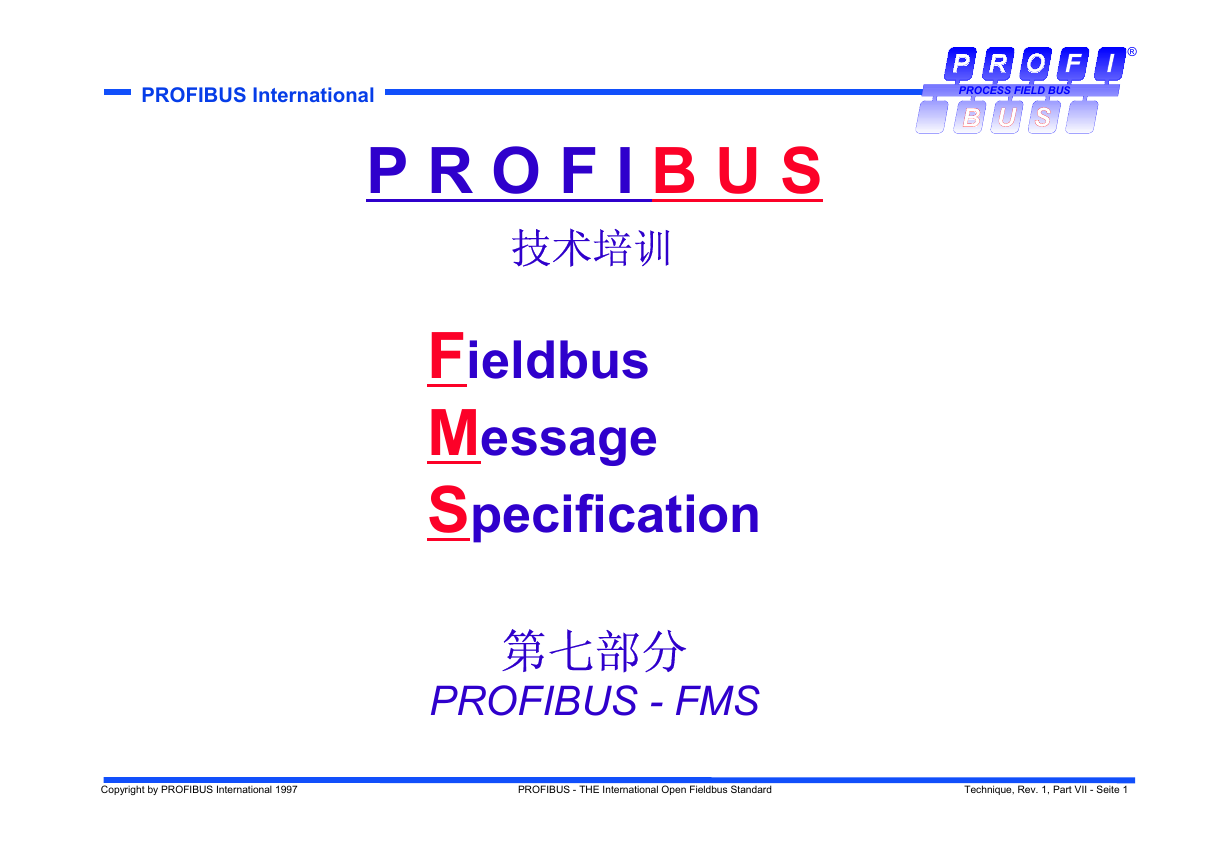 Profibus教程-7.PROFIBUS-FMS.pdf
Profibus教程-7.PROFIBUS-FMS.pdf